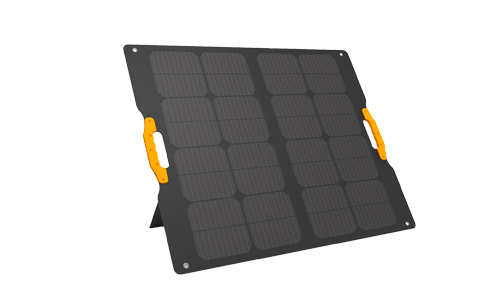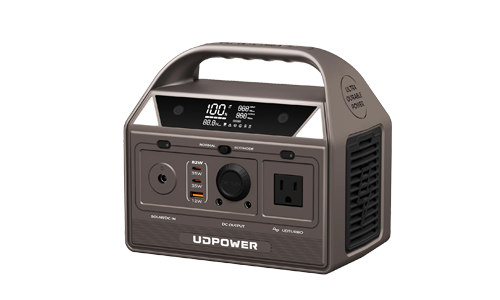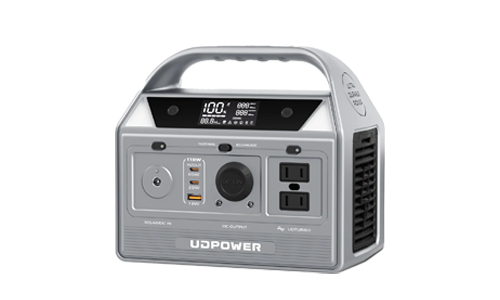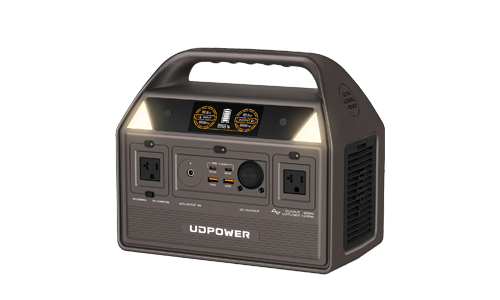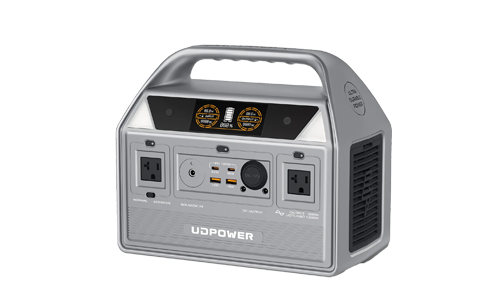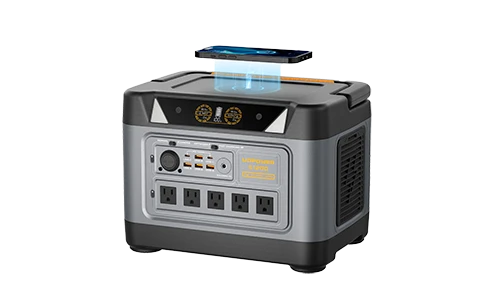How to Convert kVA to kW? A Complete Guide with Formula, Examples, and Calculator
ZacharyWilliamWritten by the UDPOWER Technical Team — With over 10 years of experience in lithium battery systems, generators, and power engineering, our engineers specialize in designing reliable power solutions for residential, commercial, and industrial applications. All technical guides are based on international electrical standards such as IEEE and IEC.
Introduction
If you’ve ever read a generator, UPS, or transformer specification sheet, you’ve probably seen kVA and kW listed side-by-side. Although they seem similar, they represent different types of power — and knowing how to convert between them is essential for electrical engineers, technicians, and equipment buyers.
In this guide, you’ll learn:
- What kVA and kW mean
- The formula to convert kVA to kW
- Step-by-step examples
- A quick reference chart
- Common mistakes to avoid
1. Understanding the Basics
1.1 What is kVA?
kVA (kilovolt-ampere) is a measure of apparent power in an electrical system. Apparent power is the combination of real power (kW) and reactive power (kVAR). It’s calculated from the voltage and current without considering power factor.
Formula:
kVA = (Voltage (V) × Current (A)) ÷ 1000Example: A system running at 230V drawing 10A has:
kVA = (230 × 10) ÷ 1000 = 2.3 kVA

1.2 What is kW?
kW (kilowatt) measures real power — the actual usable power that does the work (e.g., lighting a bulb, running a motor).
Formula:
kW = (Voltage (V) × Current (A) × Power Factor (PF)) ÷ 1000Example: With PF = 0.8:
kW = (230 × 10 × 0.8) ÷ 1000 = 1.84 kW2. The Relationship Between kVA and kW
The link between kVA and kW lies in the power factor (PF) — a number between 0 and 1 that represents how efficiently electrical power is converted into useful work.
- PF = 1.0 (100%) → All apparent power is converted into real power (purely resistive load).
- PF < 1.0 → Some power is lost in reactive components like motors, transformers, and capacitors.
In simple terms:
kVA = kW ÷ PF
kW = kVA × PF3. The Formula to Convert kVA to kW
The basic formula is:
kW = kVA × Power Factor (PF)| kVA | PF = 1.0 | PF = 0.9 | PF = 0.8 | PF = 0.7 |
|---|---|---|---|---|
| 10 | 10 kW | 9 kW | 8 kW | 7 kW |
| 50 | 50 kW | 45 kW | 40 kW | 35 kW |
| 100 | 100 kW | 90 kW | 80 kW | 70 kW |
4. Step-by-Step Conversion Examples
Example 1: Generator Output Conversion
A generator is rated 50 kVA with a PF = 0.8.
kW = 50 × 0.8 = 40 kWThis means the generator can supply 40 kW of usable power.
Example 2: UPS System Sizing
A UPS is rated 10 kVA with a PF = 0.9.
kW = 10 × 0.9 = 9 kWThis means your UPS can supply 9 kW of actual load to your equipment.
5. Quick kVA to kW Conversion Chart
| kVA | kW (PF=0.8) |
|---|---|
| 5 | 4 |
| 10 | 8 |
| 20 | 16 |
| 30 | 24 |
| 50 | 40 |
| 100 | 80 |
| 200 | 160 |
| 500 | 400 |
6. Recommended kVA to kW Conversion Tool
For quick and accurate kVA‑to‑kW conversions, we recommend using our own interactive tool: the UDPOWER Battery & Power Conversion Tools . We have now included a dedicated kVA‑to‑kW converter in this tool, making it easy to determine your real power output based on your system's power factor.
Simply enter:
- Your equipment’s kVA rating
- The power factor (PF) value
The tool will instantly calculate the corresponding kW (real power) so you can size your generators, UPS systems, or industrial equipment correctly.
Formula used by the tool:
kW = kVA × Power Factor (PF)Click below to try it now:
7. Common Mistakes and Misconceptions
- Ignoring PF: Without PF, your conversion will be wrong.
- Confusing kVA with kW: kVA is not the same as kW unless PF = 1.
- Sizing equipment only by kW: You also need to account for reactive power.
- Assuming PF is constant: PF can change depending on the load.
8. Practical Applications
- Industrial generator sizing
- UPS backup power planning
- Transformer load calculations
- Data center and hospital power management
9. FAQs
What is a good power factor for conversion?
In most modern electrical systems, a good power factor (PF) is between 0.8 and 1.0. This range ensures efficient use of electrical power, reduces wasted energy, and minimizes electricity costs. A PF close to 1.0 means almost all the supplied apparent power (kVA) is converted into useful real power (kW).
For example, industrial motors often operate with a PF around 0.85 to 0.9, while resistive loads such as electric heaters typically have a PF close to 1.0.
Can I convert kVA to kW without knowing PF?
No. Power factor is essential for accurate conversion from kVA to kW. Without PF, you can only guess, and the result may be significantly wrong. This is because PF directly affects how much of the apparent power is usable real power.
If PF is unknown, you can measure it using a power quality meter or check the equipment’s technical datasheet for its rated PF value.
Why do some devices list only kVA rating?
Some devices—especially generators, UPS systems, and transformers—are rated only in kVA because it is independent of the load’s power factor. This makes it easier for manufacturers to provide a universal capacity rating without assuming a specific type of load.
For real-world usage, you still need to convert that kVA rating to kW by applying the actual PF of your load to determine how much usable power the equipment can deliver.
What’s the difference between kW, kVA, and kWh?
- kW (kilowatt) — Real power; the usable power that does actual work.
- kVA (kilovolt-ampere) — Apparent power; the total supplied power without factoring in PF.
- kWh (kilowatt-hour) — Energy; the amount of power used over a period of time.
Example: If a 10 kW motor runs for 2 hours, it consumes 20 kWh of energy.
Does PF change over time?
Yes. Power factor can vary depending on equipment load, operating conditions, and system design. For example:
- Lightly loaded motors often have lower PF than when fully loaded.
- Capacitor banks or PF correction devices can improve PF.
- Aging equipment and poor maintenance can cause PF to deteriorate.
Regular monitoring can help ensure your PF remains within an optimal range for efficiency and cost savings.
Conclusion
Converting kVA to kW is simple once you know the relationship:
kW = kVA × PFBy applying the correct PF, you’ll make better decisions when buying, sizing, or operating electrical equipment — whether it’s for a generator, UPS, or industrial power system.
References
- IEEE Std 1459-2010 — Definitions for the Measurement of Electric Power Quantities
- IEC 60050 — International Electrotechnical Vocabulary
- Schneider Electric — Understanding Power Factor
- Cummins Power Systems — Generator Sizing Guidelines
Continue Reading:
- Wh to mAh: Easy Battery Conversion
- Ultimate Guide to Milliamps to Amps (mA to A) Conversio
- Milliamp-Hours (mAh) to Watt-Hours (Wh)
